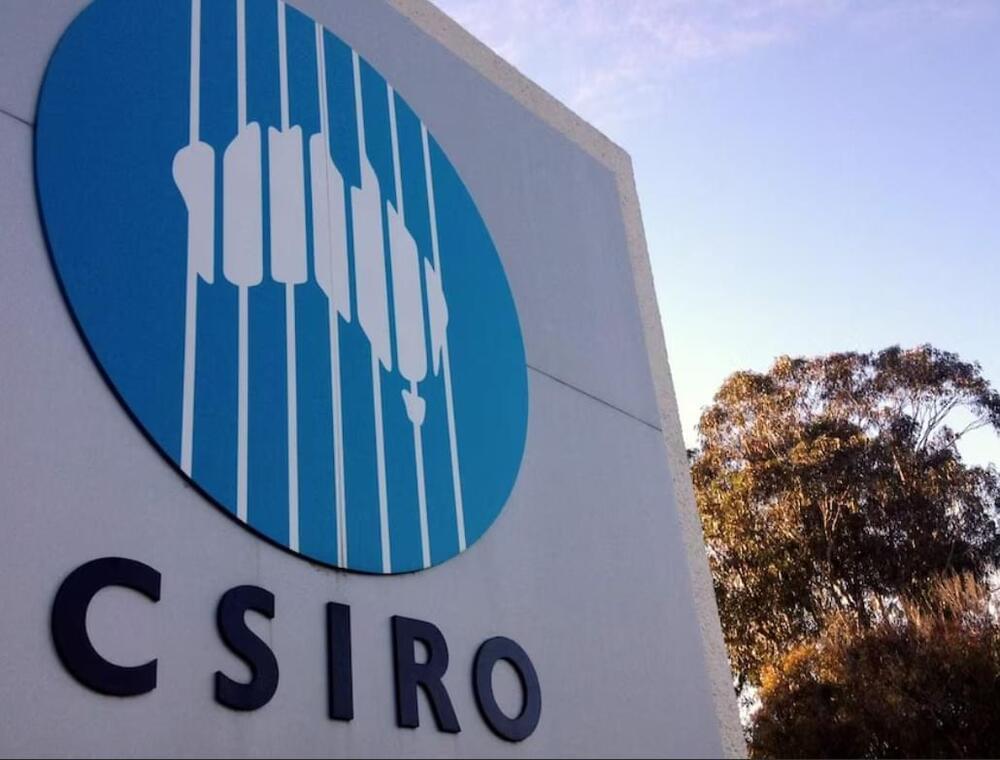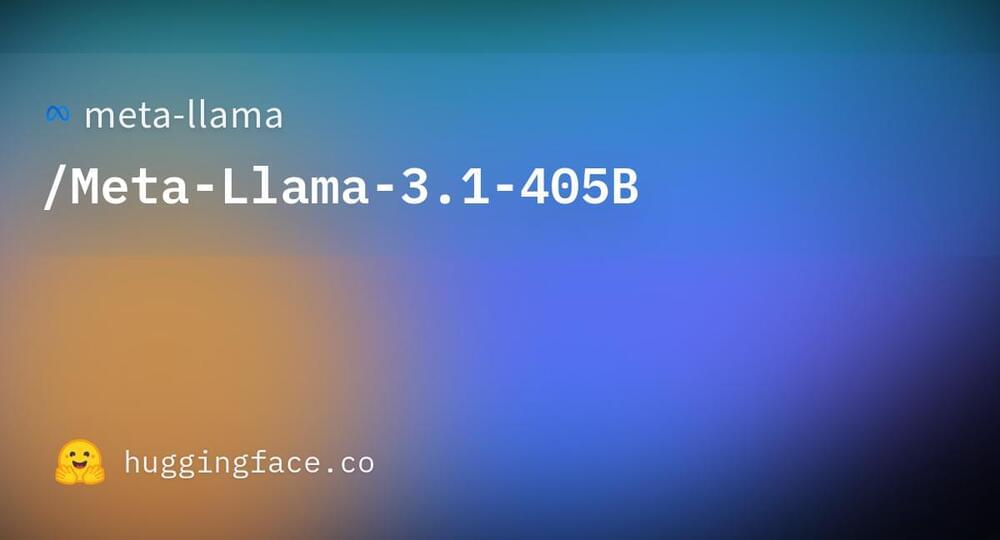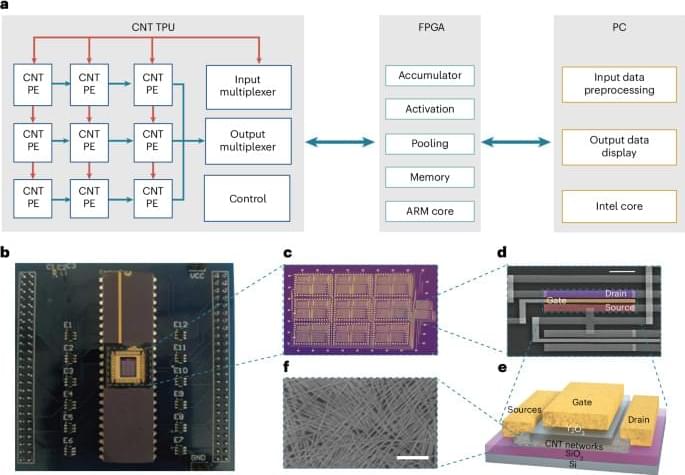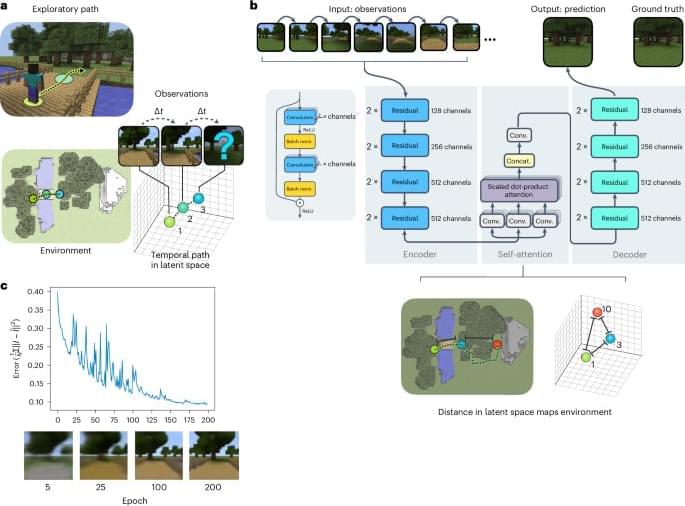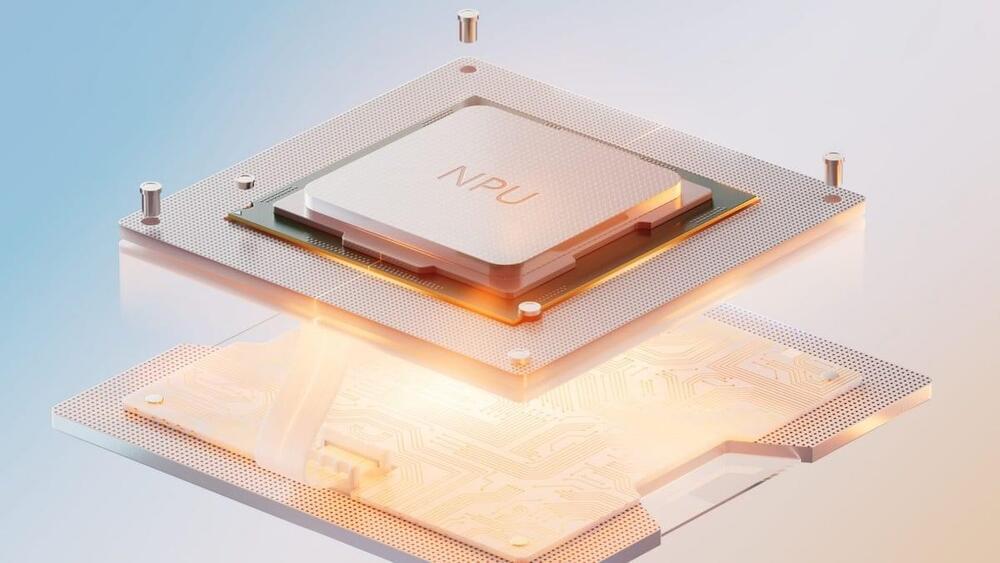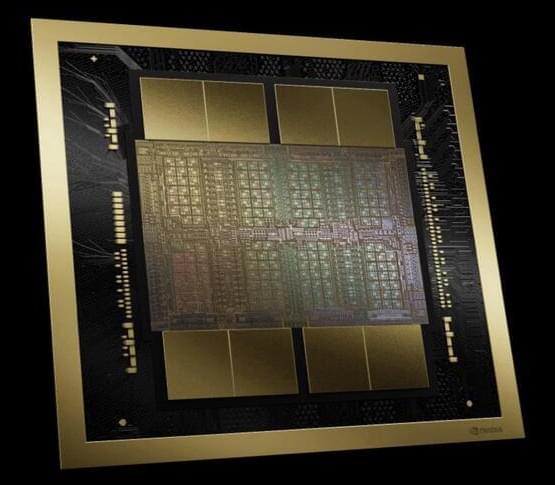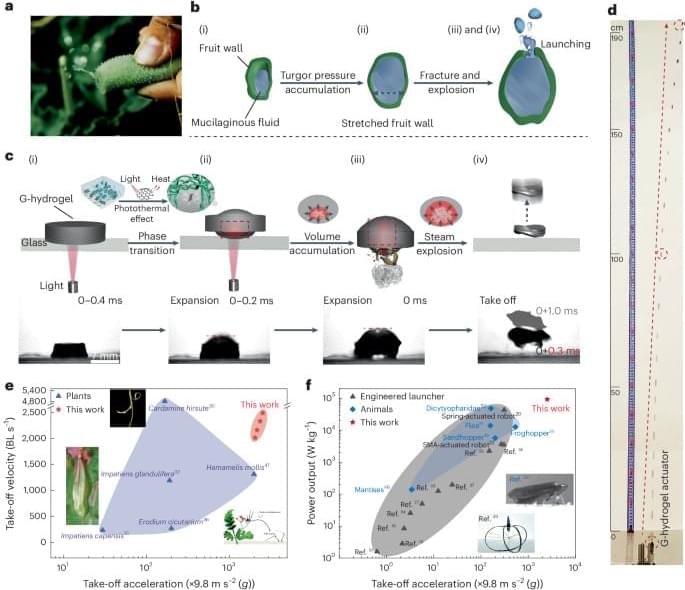
Recent advances in the field of artificial intelligence (AI) and computing have enabled the development of new tools for creating highly realistic media, virtual reality (VR) environments and video games. Many of these tools are now widely used by graphics designers, animated film creators and videogame developers worldwide.
One aspect of virtual and digitally created environments that can be difficult to realistically reproduce is fabrics. While there are already various computational tools for digitally designing realistic fabric-based items (e.g., scarves, blankets, pillows, clothes, etc.), creating and editing realistic renderings of these fabrics in real-time can be challenging.
Researchers at Shandong University and Nanjing University recently introduced a new lightweight artificial neural network for the real-time rendering of woven fabrics. Their proposed network, introduced in a paper published as part of the Special Interest Group on Computer Graphics and Interactive Techniques Conference Conference Papers ‘24, works by encoding the patterns and parameters of fabrics as a small latent vector, which can later be interpreted by a decoder to produce realistic representations of various fabrics.
